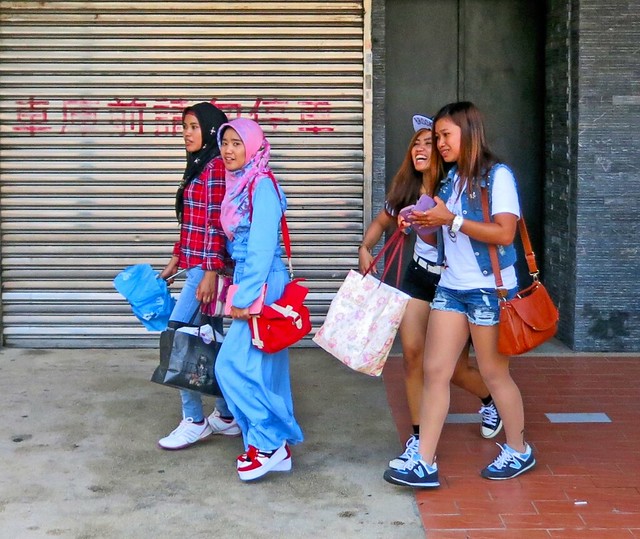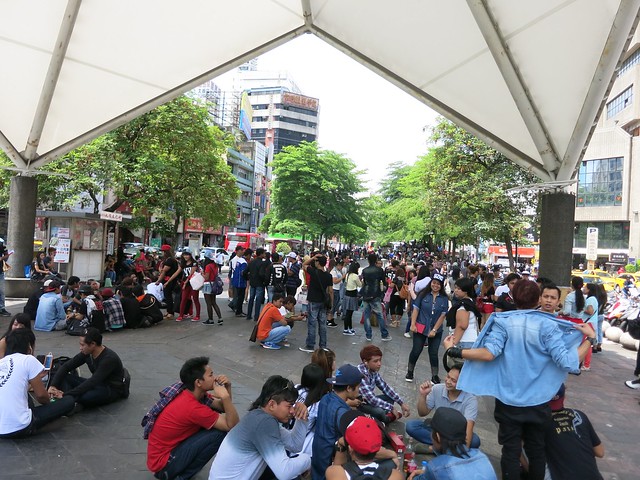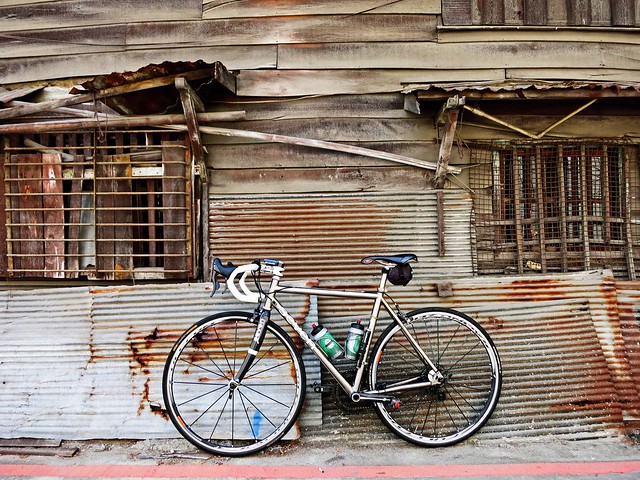
For almost seventeen years I have called the dusty Taichung basin my home. Although I am still a "foreigner", a fact that I am mostly but not entirely comfortable with, I have watched my city's narrative of unfolding gradually transform the city's culture and its built environment with a keen and sentimental eye.
In Taiwan, the center of any city can be found in and around the most popular and prestigious department store. When I first arrived, that title belonged to SOGO. The Taichung SOGO was brand new and marked a defining period of development in Taichung. SOGO represented the city's official separation from its historic center bound by Wuchuan Rd., Minchuan Rd., Taipei First Boy's School and the railroad tracks. It was as if the cultural center had been untethered and set free to drift westward along Taichung Harbor Rd. (now the unnecessarily renamed Taiwan Blvd.) away from the train station-- Taichung's traditional anchor.
I remember when the old downtown still had a pulse as the once towering Lai Lai department store struggled for resonance above the din of cheap knock-offs and other, newer department stores. The movie theatres were still mainly along the crowded, stall-filled streets of Changhua Rd. that once slung the border between rival street gangs, but later merely served as the dimly lit southwestern edge of a barely flickering red light. This busy, electric, wonderland of chaos was my first introduction to my new life in my new city.
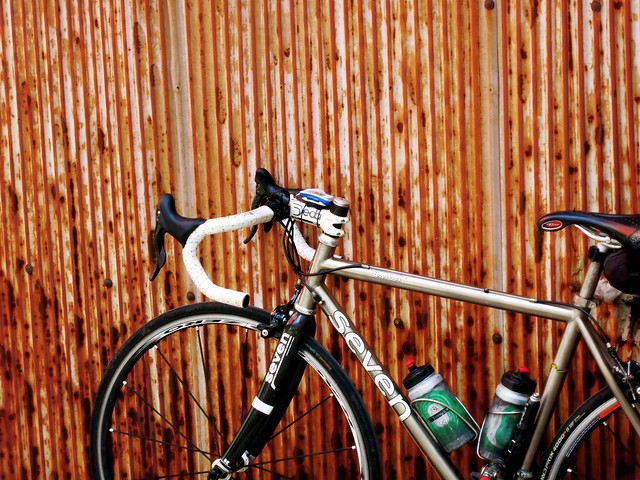
I decided on a light ride through time and memory along its narrow alleys, lanes to see what had become of my old Taichung.

During Qing rule, Taichung was little more that a ramshackle cluster of hovels that hugged the Dadun mound on the Han/Barbarian border, that extended longitudinally along the Han River between sentry points manned by plains aborigine militiamen.
Following the Treaty of Shimonoseki in 1895, when Japan gained sovereignty over Taiwan, Japan initiated plans to transform Taiwan from an inconsistently administered frontier into a Japan's first modern colony after Hokkaido.
As part of Japan's effort to transform the people of Taiwan into loyal subjects while exploiting Taiwan's material wealth, the imperial government instituted a series of programs aimed at bringing an ideology of modernism and rationalism to Taiwanese culture from which the Japanese could exert both economic and cultural control.
As part of this program the remnants of the sloppily walled area of Qing era Dadu, was razed to the ground and replaced with Taiwan's first grid-style city plan complete with wide streets for carriages and automobiles, electric and telegraph lines, civic spaces, drainage, economic areas, public services, and utilities.
Most of the old Japanese era buildings have been torn down, but a few of the more prominent buildings remain, with their flair for American modernism as expressed through the heavy use of art deco motifs.
The area along Zhong Shan Rd. and its side streets still reveal the dirty brown veneer of Taichung's earlier life as Japanese Tai Chu.
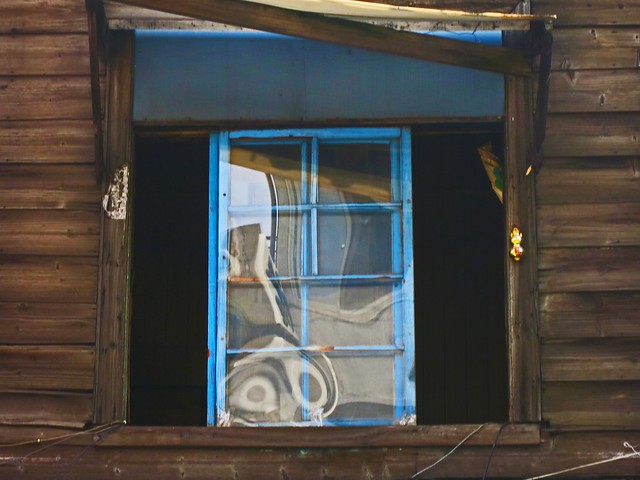

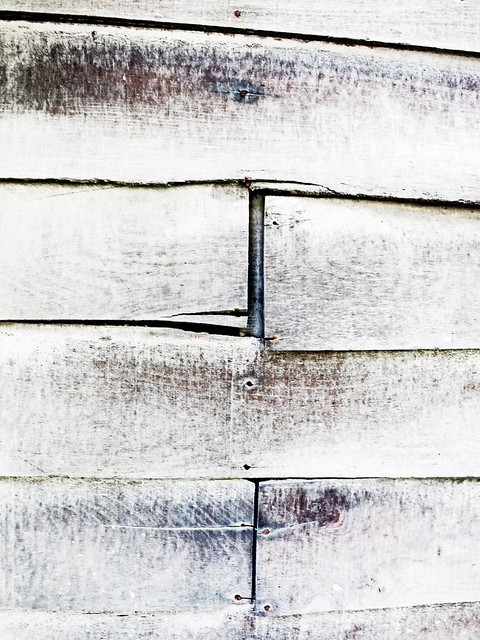
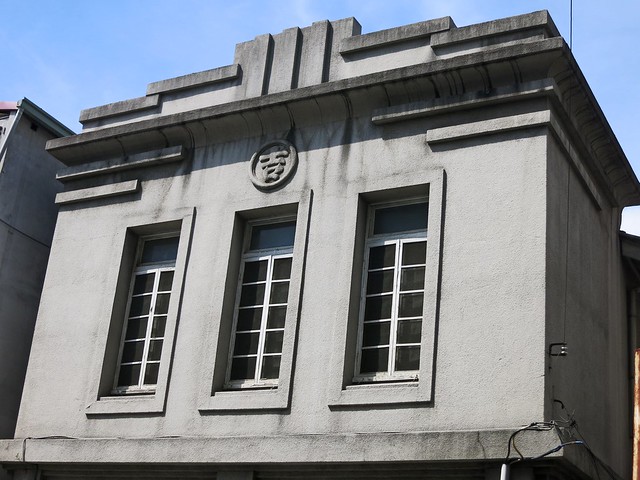

Old Taichung is filled with tiny lanes that snake between a warren of crumbling apartments that are held together with little more than corrugated metal and bailing wire. I am sure each unit is worth a small fortune. Many of these lanes are just big enough for a bike and its rider to pass through with shoulders scraping between screen doors. Each corner is a new surprise.
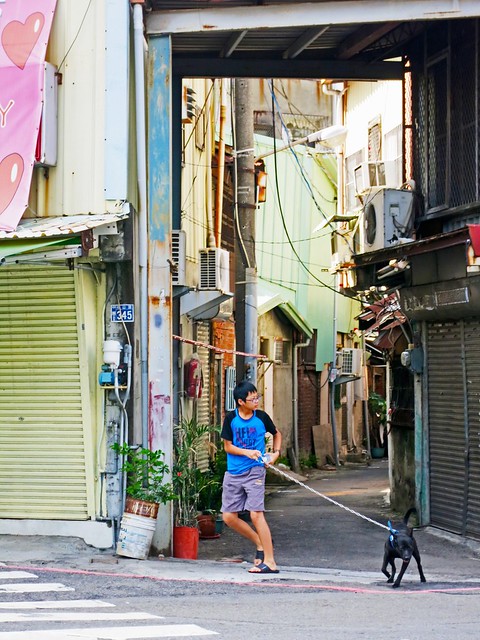
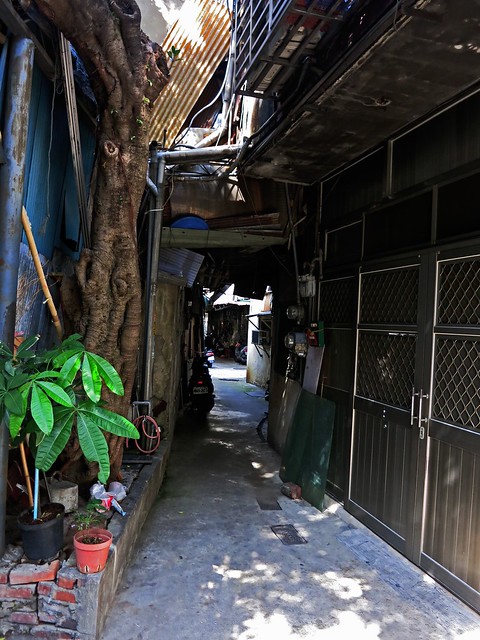
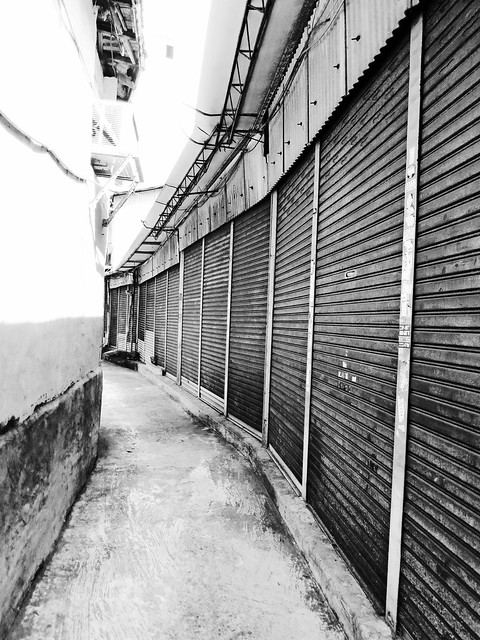
There are several lanes and underground pavilions that once rung with life from each vendor space. The spaces are now left shuttered and rotting with the occasional door cracked open out of little more than habit.
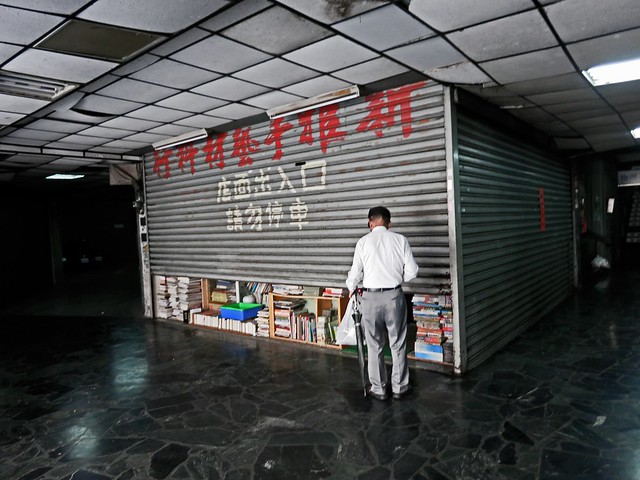
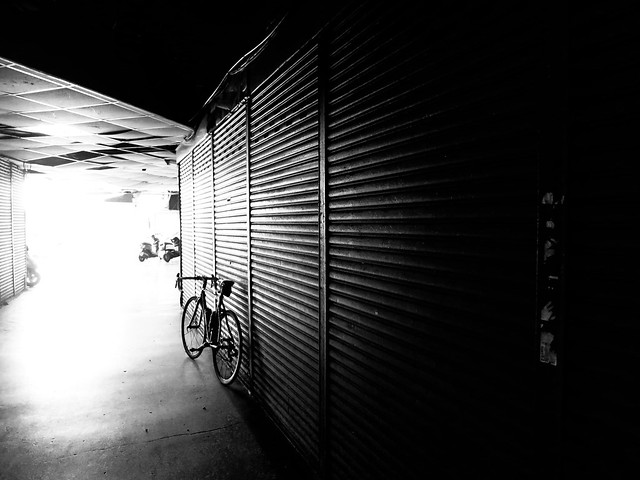
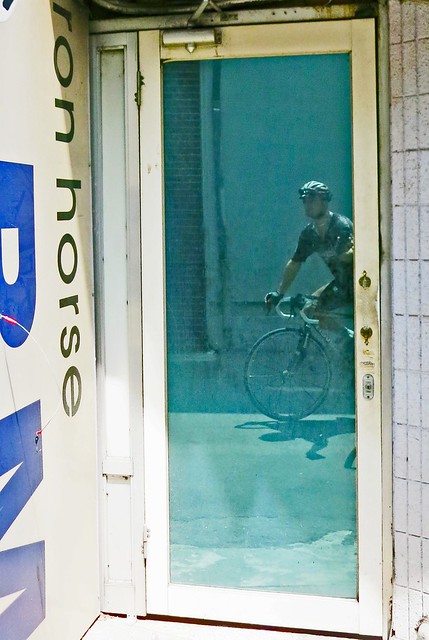
As I rode through the decaying world of chipped concrete, I realized I had never really spent much time looking up.
It was up where I found the true glory of the 1960s' when Taiwan was just beginning to embark on its first phase of the export economy.
These were the bold new designs, or very friendly knockoffs of Britalism and its functional modularity. It speaks to the rising cosmopolitanism of Taiwan's growing entrepreneurial elite-- a sentiment that was later checked by a deliberate state-driven turn toward the Chinese Cultural Renaissance Movement.
Now, many of the buildings sit vacant as long overdue investment opportunities. Other buildings are clearly in use, though they are often kept as low rent locations for illicit business.
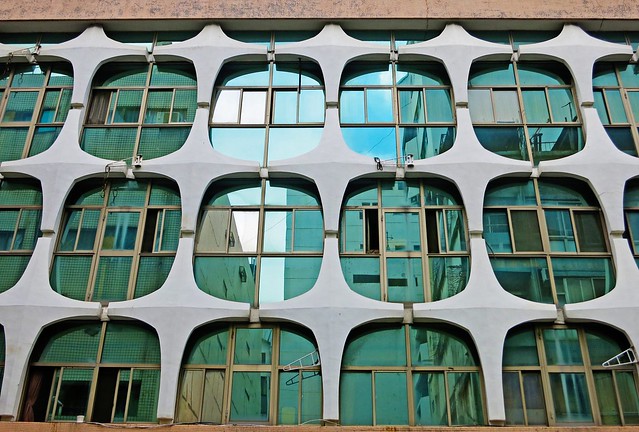
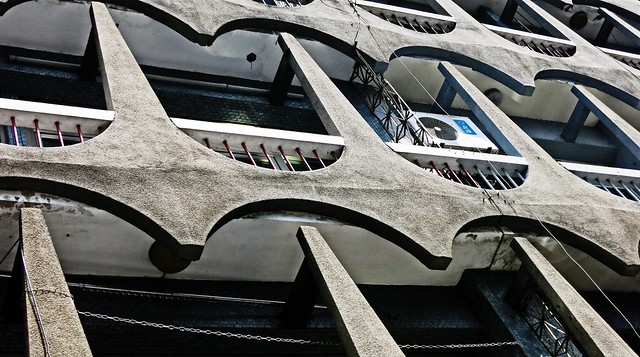

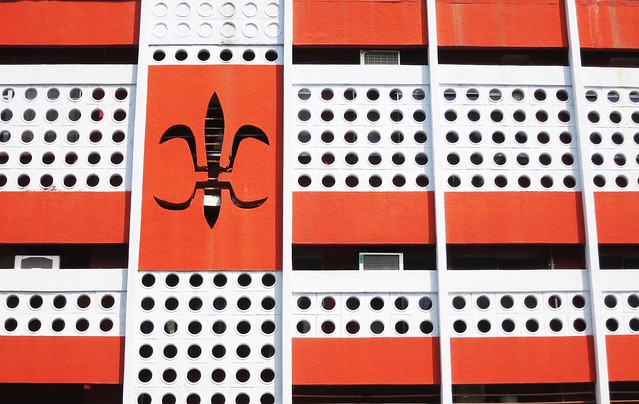
It is clear that, in many cases, the concrete box was not simply the end of the conversation, but it certainly was the beginning, as builders sought to pace government demands for demonstrations of the ruling junta's economic necessity.
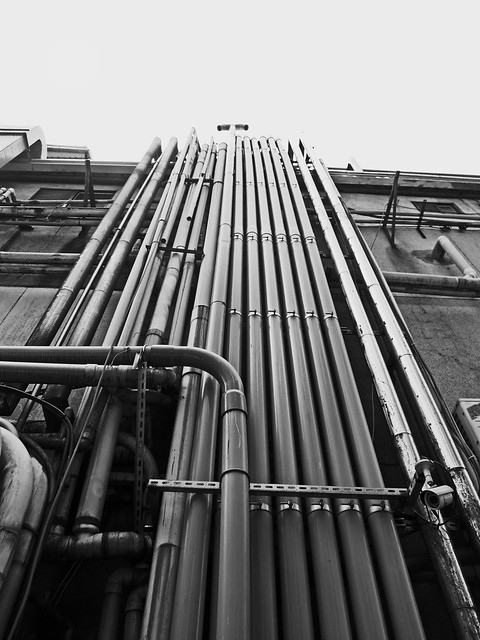
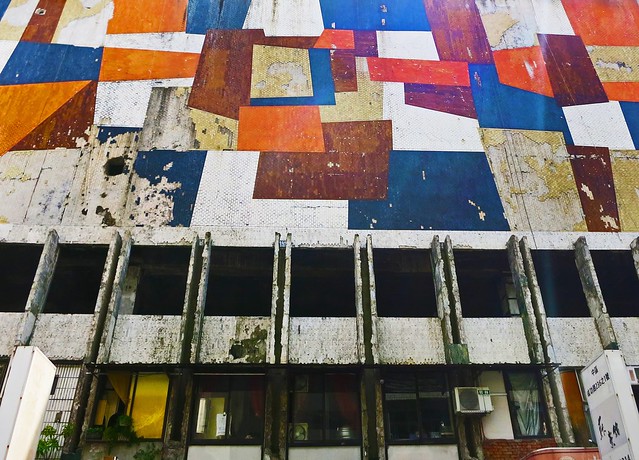
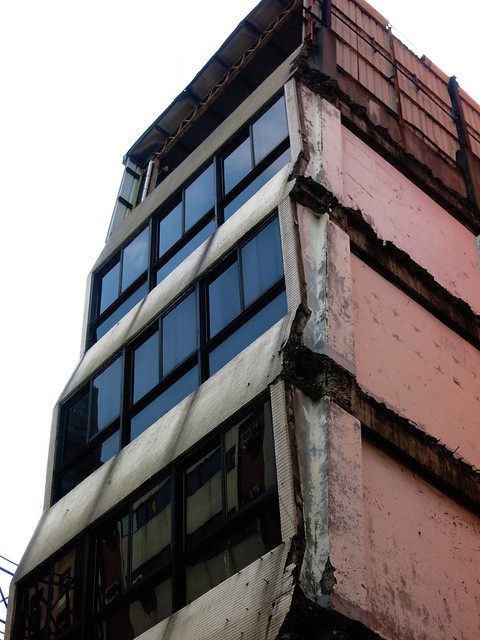
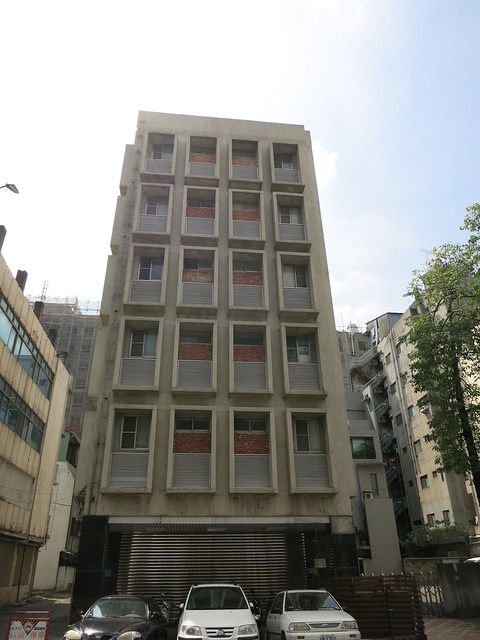
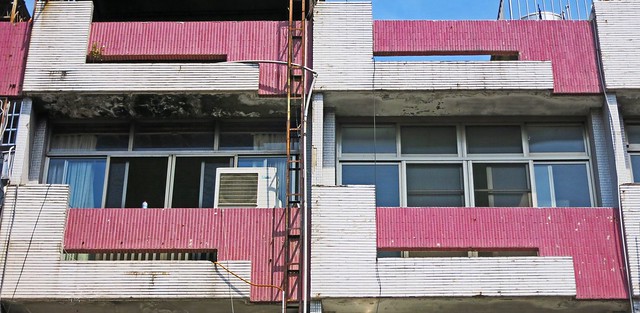
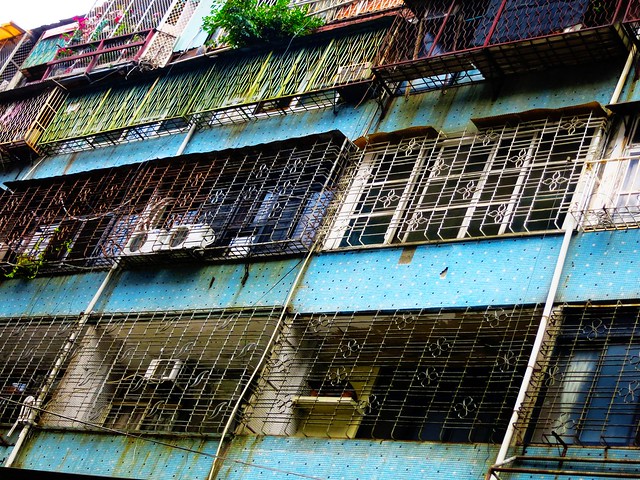

A few structures stand as reminders of the booming 80's, when Taichung really began its sprawl, and the line between the metropole and the township faded into a blanket of cement.
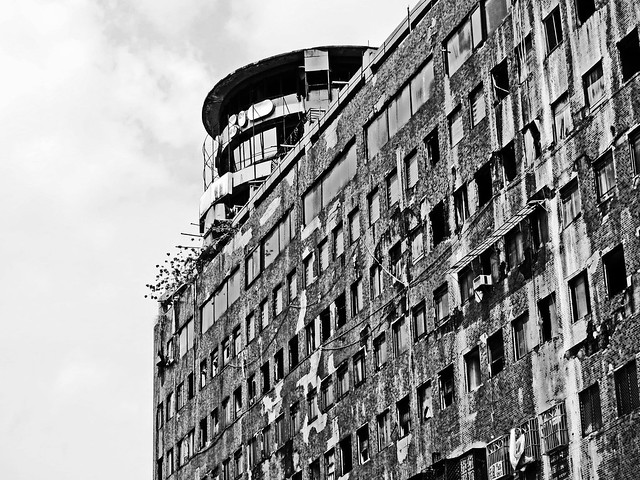


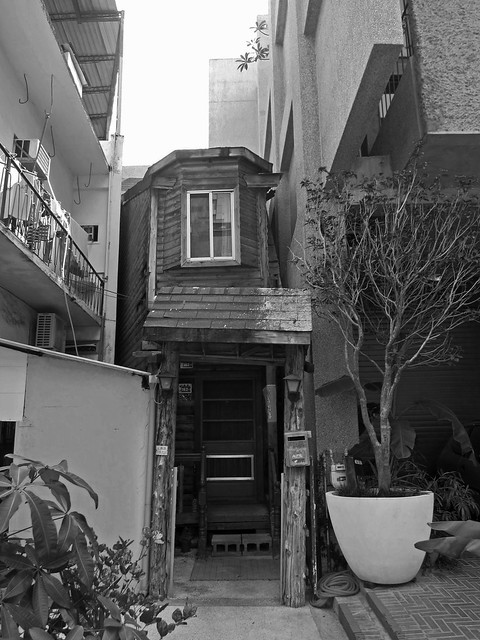
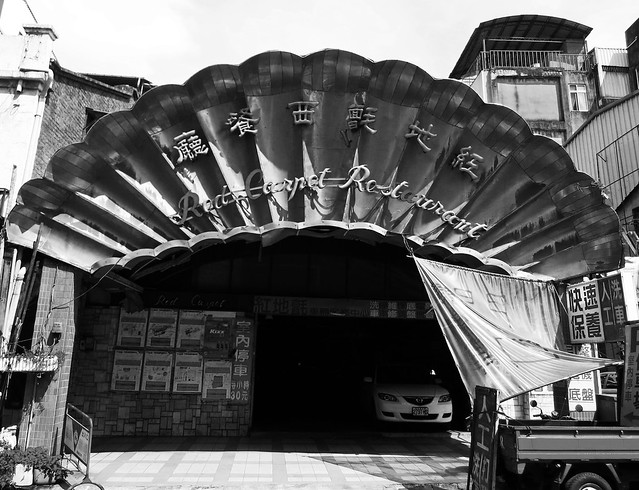
By the late 1990's Taichung's downtown was a hive of activity as chip heads from all over the area converged on Electronics Street to pick up the latest in pirated games and software from the backs of passing trucks. Electronics Street has suffered the same fate as Radio Shack in the digital age.

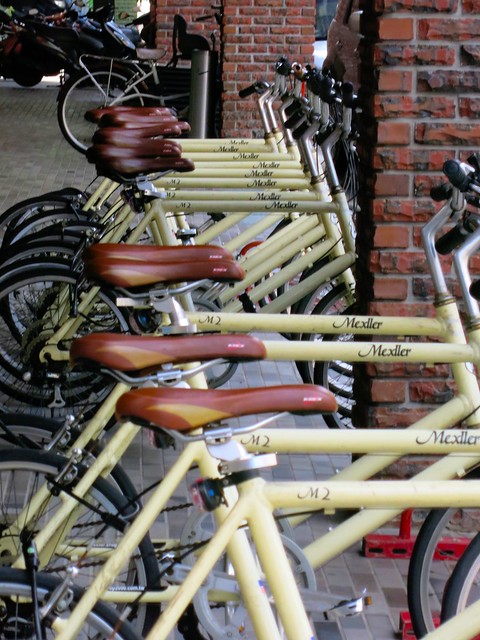
Closer to Taichung Park, there is an older craft that is still being plied on the streets. Although there are numerous other places for sex workers to operate, Taichung Park and its surroundings has been the traditional center. With many of the younger, higher paid sex workers opting for the life inide the insulating shell of legitimacy found in a KTV or massage/skin care parlor, there are still some who work the streets.
When I first arrived in Taichung, prostitution was still legal in the city and it was the publicly licensed brothels where a long career in prostitution was said to come to an end.
Now, without legal oversight, the ladies of the night and apparently also the day, who are a bit past their prime, work from the doorways and alleys around private, less controlled establishments.
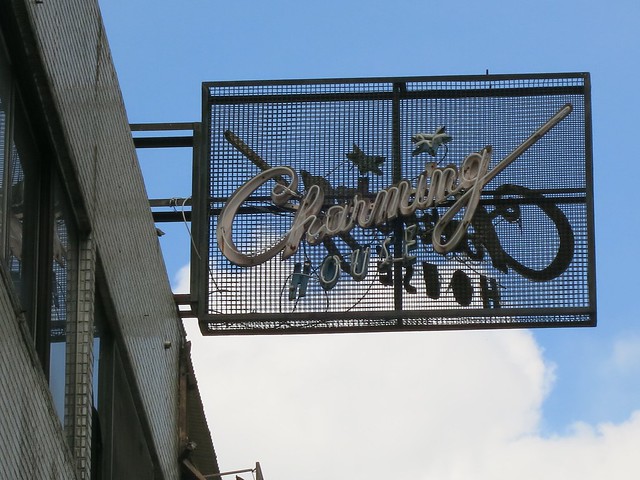
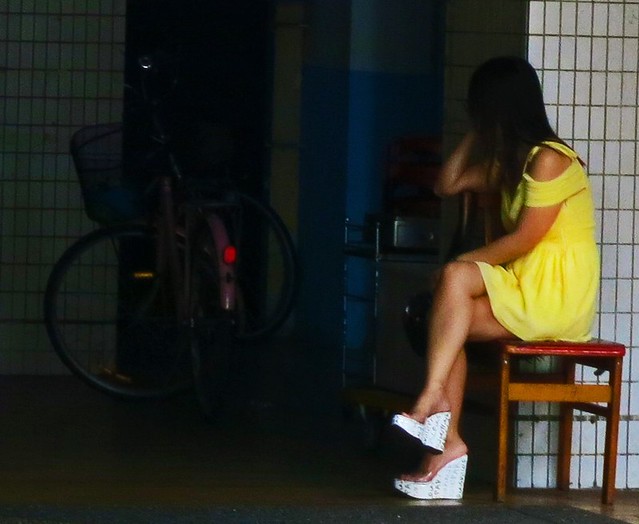
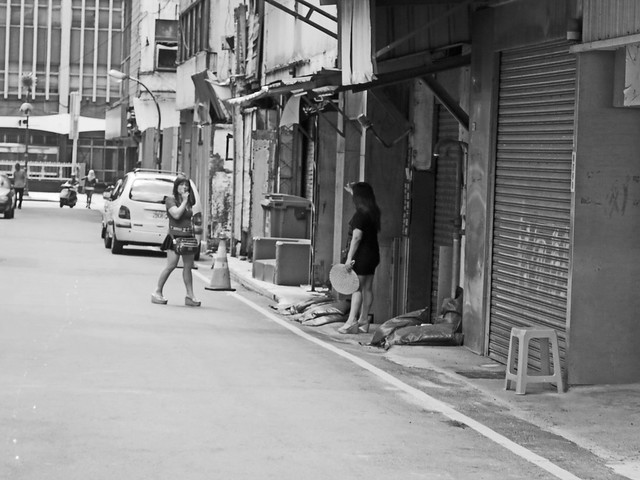
The area is really about the people who live there and make their lives there. This is what I found to be so fascinating.
There are those who have been in business at a certain location and simply will not go elsewhere, possibly having bought the unit and are tied to it.
Other people are on their way to or from somewhere else, or heading to the train station.
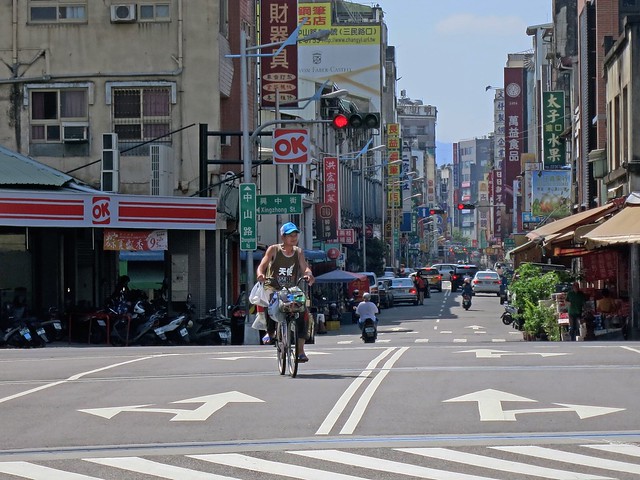
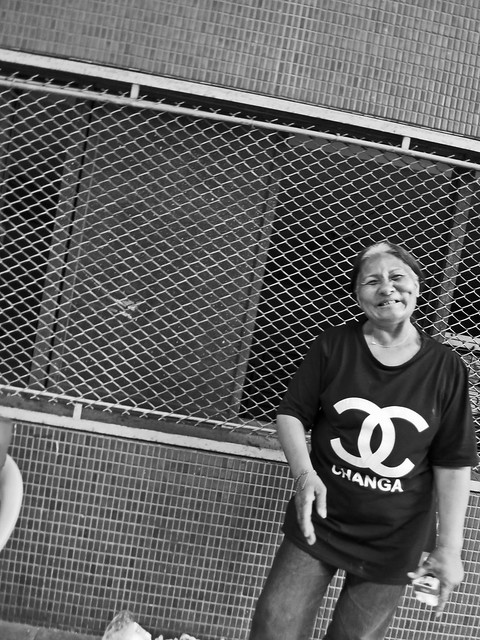
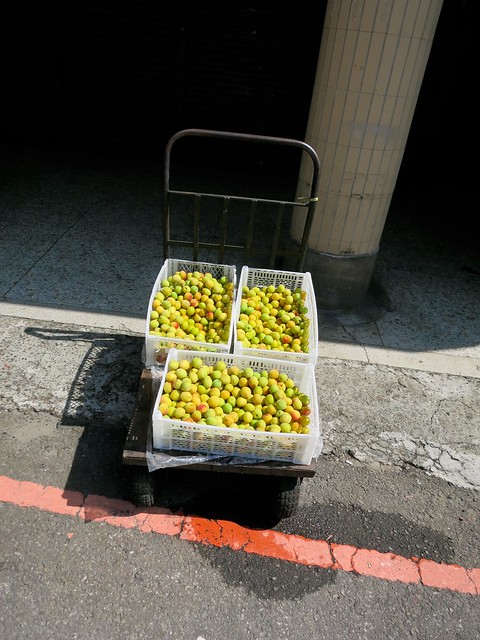
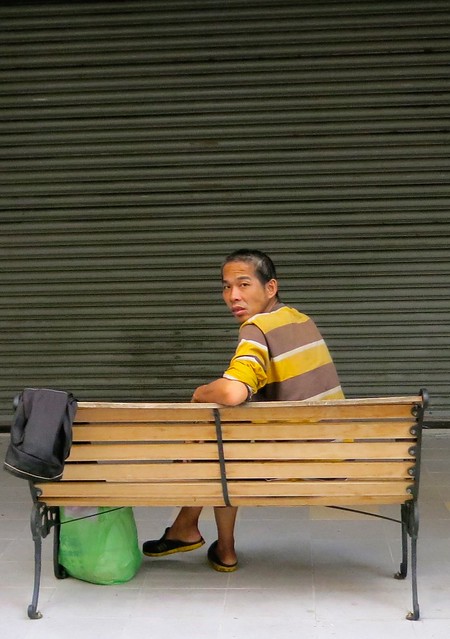
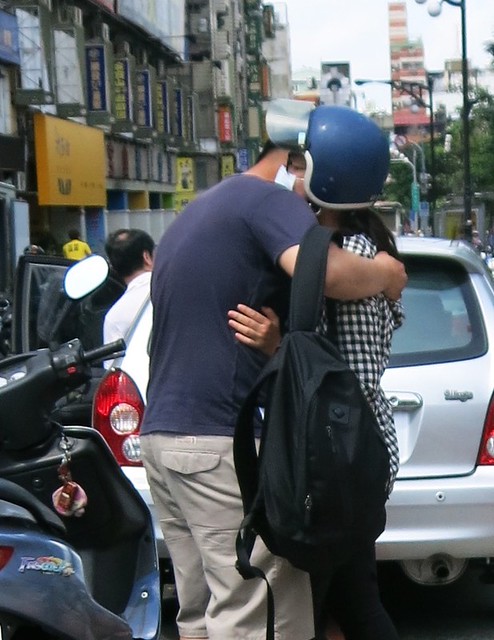

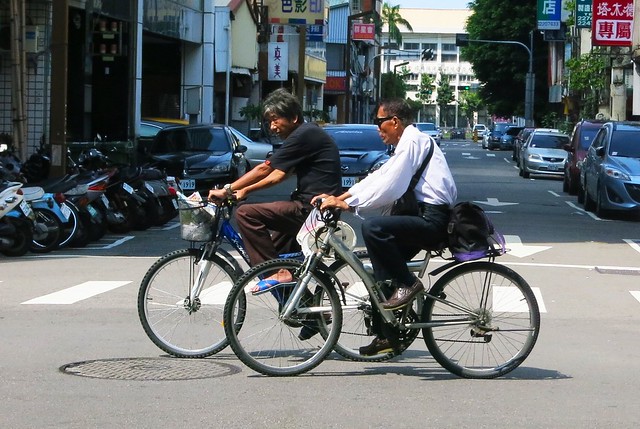
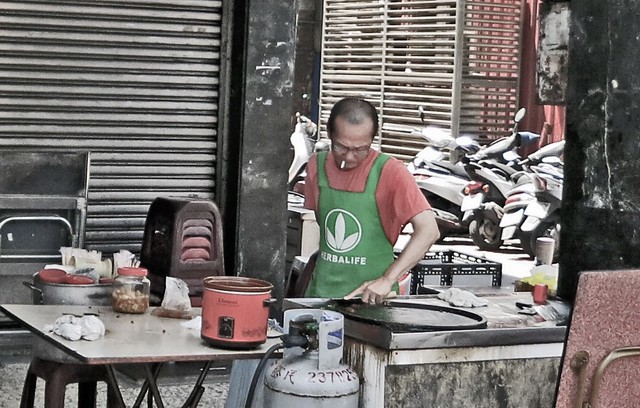
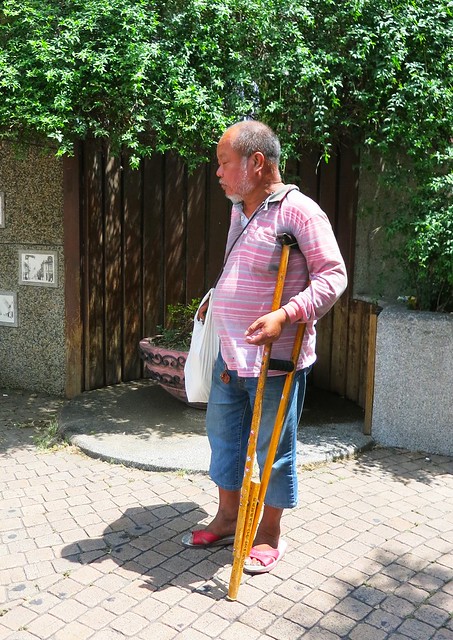
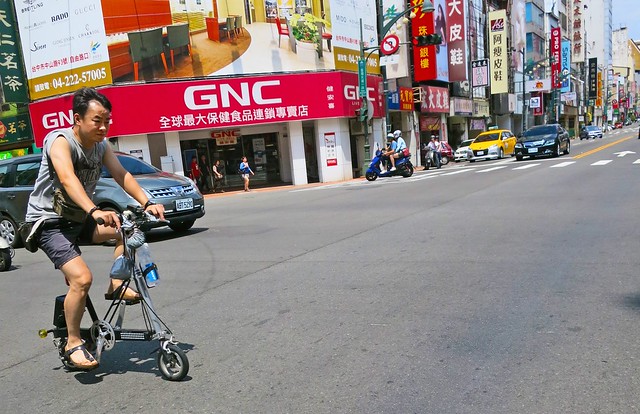
Taichung Park still fills up every weekend as the meeting point between Taichung's many cultures.
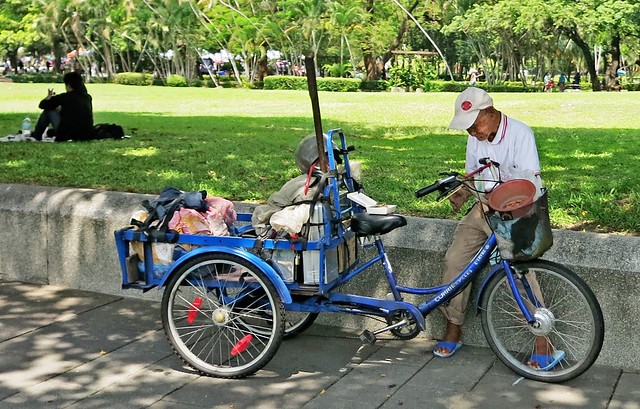
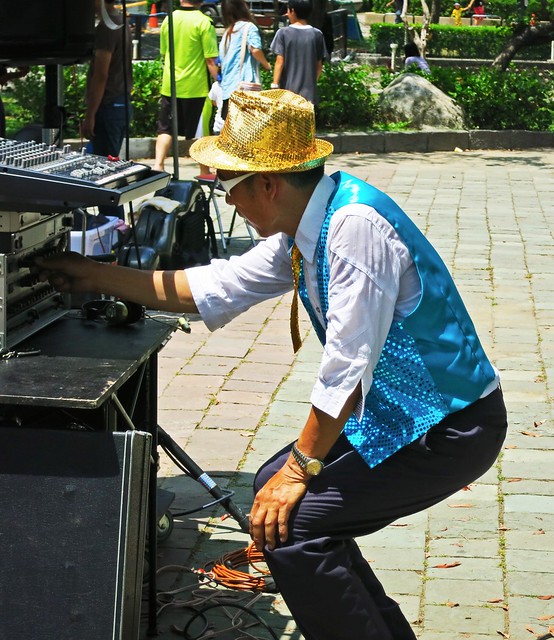
Taiwanese foreign culture is one of the local cultures that is most overlooked by academics and the government, which often wrongly views "foreigners" and "foreign culture" as something that is isolated, contained, liminal and...foreign.
On the contrary, the culture and cultures that are created by foreigners in Taiwan provide a vibrant, burgeoning cultural landscape that pervades many aspects of our lives. Foreign culture is, in fact, a Taiwanese culture.
These are the people who have been brought together through a contracted employment program that was devised in the late 80's to bring cheap foreign labor to Taiwan to work in manufacturing, agriculture and health care as a means to pay workers less than minimum wage.
The foreign workers are recruited from Indonesia, Thailand, Vietnam and the Philippines on three-year visas. They are often housed in factory dormitories, though healthcare providers may live with their employer.
When Taiwan's labor market first opened to foreign workers there was a noticeable public outcry rooted in racism. There was the fear that infectious diseases and petty crime would skyrocket posing a danger to public health and safety. There was also a vocal opposition to allowing another woman into the home. Women feared their husbands would be easily seduced.
Public fears have since subsided, but there is still a noticeable tinge of extant racism directed toward foreign workers and other "dark people".
The real danger has, in most cases, come from the employer, as foreign workers, and foreigners in general, are a vulnerable class of people in Taiwan. In many cases employers have taken advantage of their foreign staff. There have also been several cases of sexual assault when the employer feels the agreement covers more than simply housework, as the case involving former KMT heavyweight, Elmer Feng, demonstrates.
Foreign workers now play a significant role in childcare, healthcare, manufacturing, entertainment, and many other aspects of daily life. Moreover, many former foreign workers are marrying local Taiwanese and becoming naturalized citizens. These are realms which were once the domain of only the closest members of a family. Foreign Culture is Taiwanese Culture!

Taiwan's foreign workers have carved out a very rich cultural center in in Taichung City, adding a revitalizing effect.

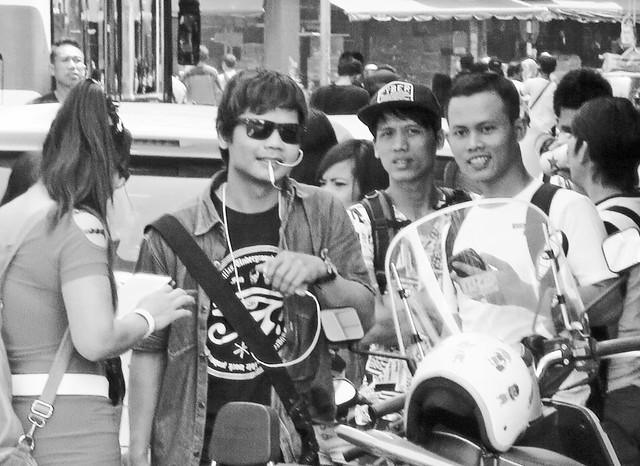
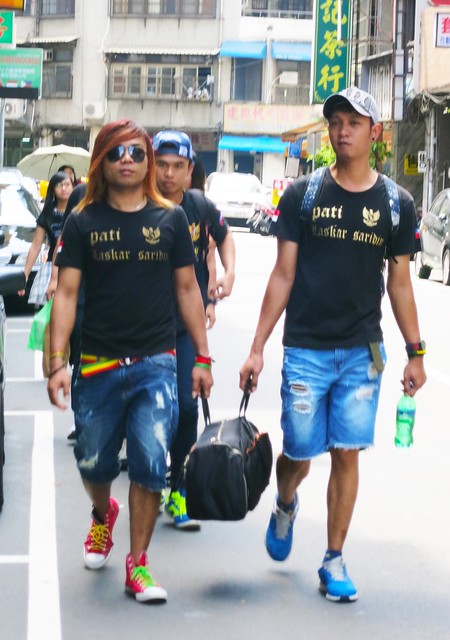
Old Taichung is under constant transformation. It speaks to Taiwan's rich past and also to Taiwan's possible future. A simple bike ride through old Taichung helps to uncover more than a simple tour of rotting infrastructure. It uncovers much of Taiwan's potential in its narrative of unfolding.

